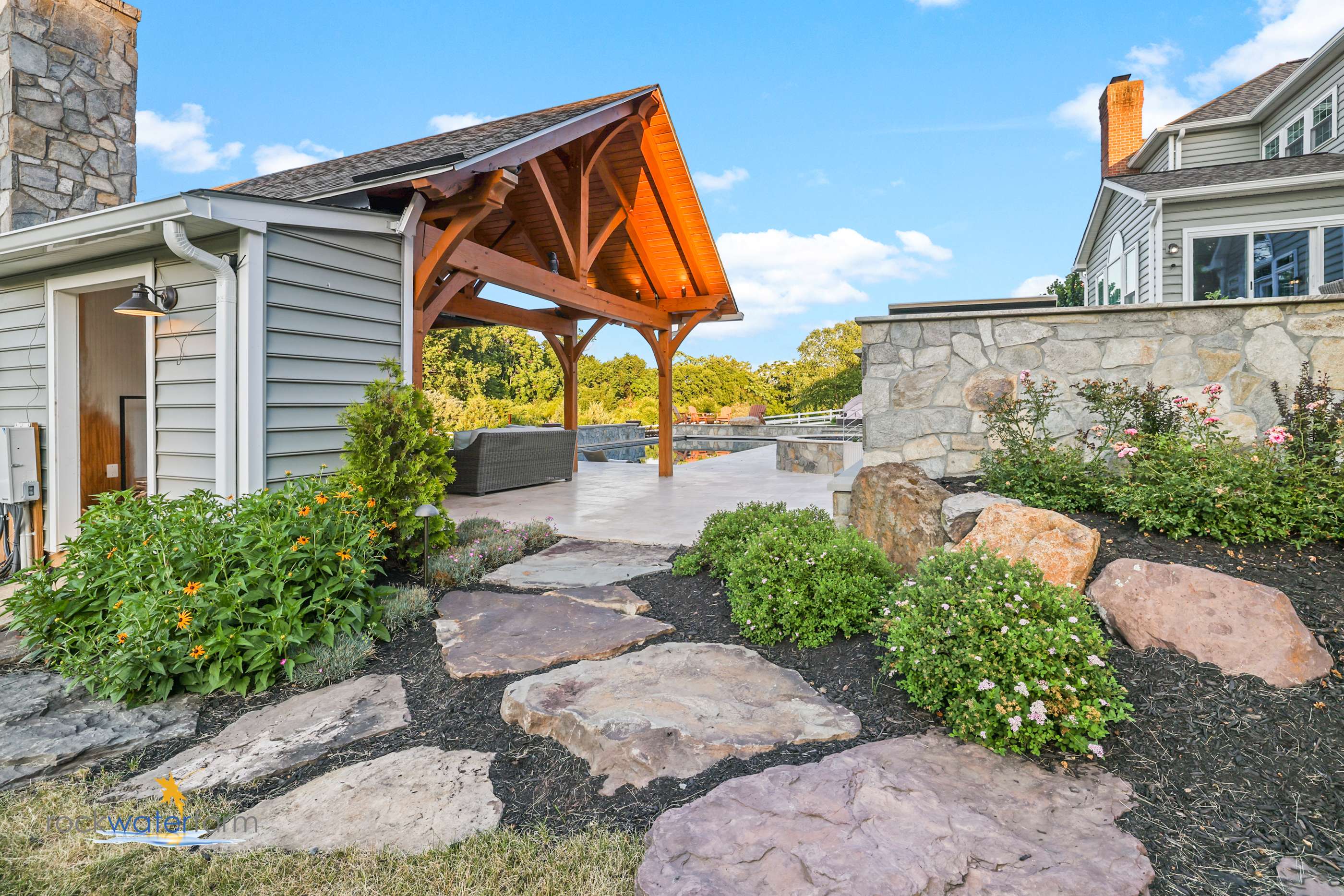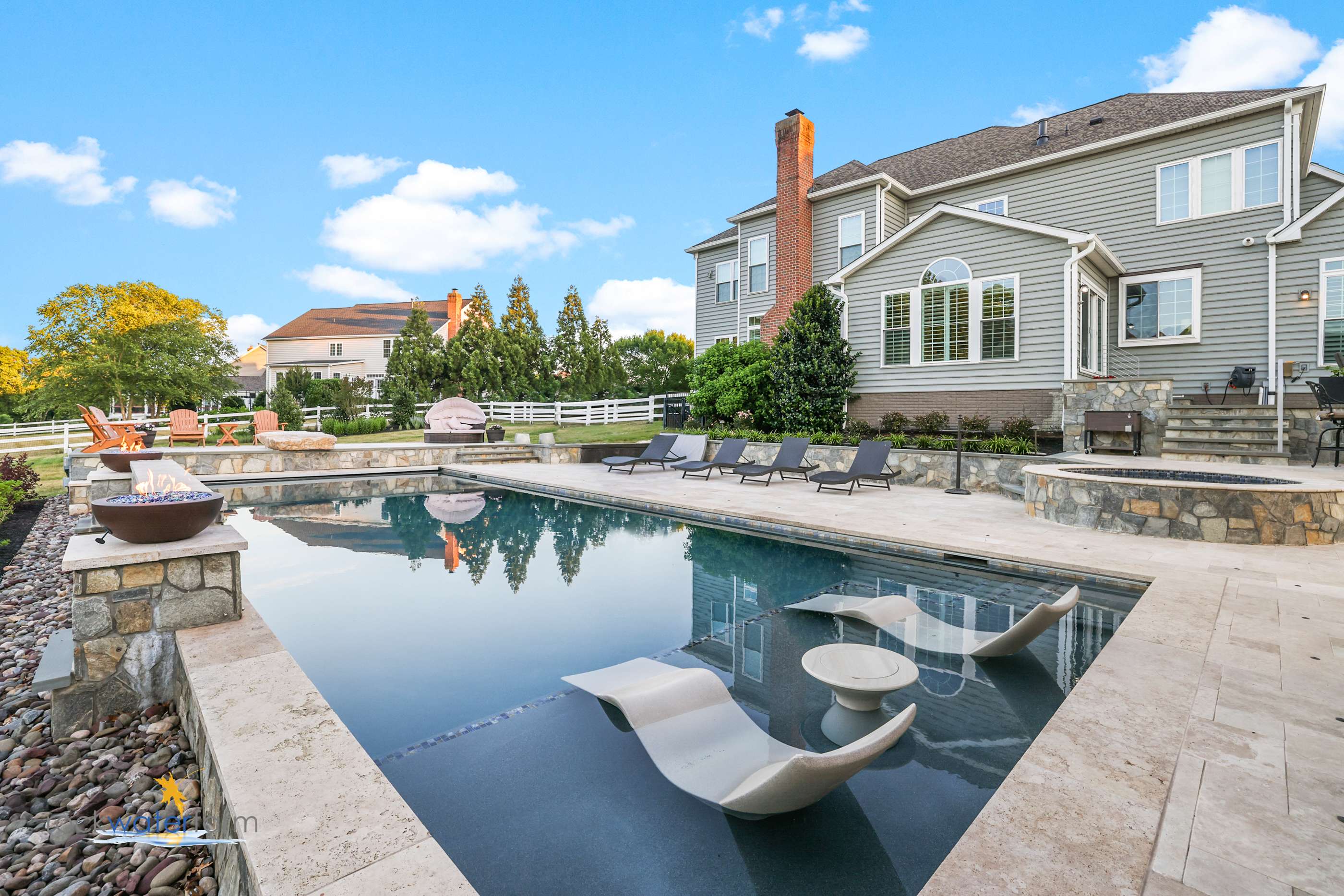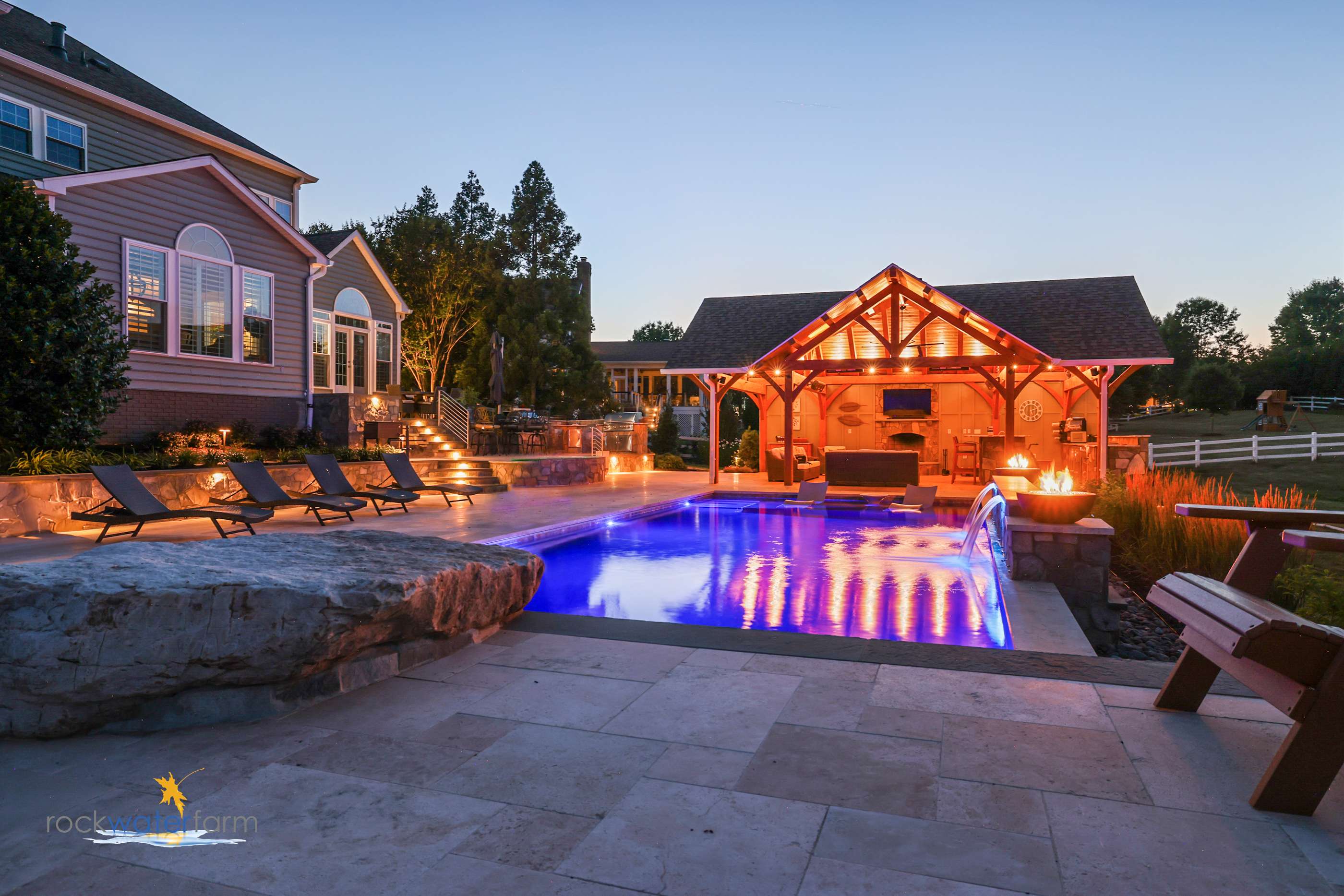There are plenty of so-called "landscaping tricks" out there. You may have heard of some of them or possibly even tried a few. While everyone likes a simple solution, the problem with a lot of landscaping hacks is that they’re really just shortcuts. And when you take shortcuts with your landscape, it’s usually at an expense.
While you can easily find information about various landscaping tricks online and they might even seem like common practices, you need to be careful about landscaping tricks that could actually be mistakes that could be potentially harmful to your property.
Here, we’ll explore some of the common landscaping tricks that are actually landscaping mistakes.
Making Homemade Weed Killer
When it comes to homemade weed killer, people tend to think that they’re safe and that they can’t do any serious harm. After all, these types of solutions use common household products that you already frequently use. But that doesn’t mean that they’re safe in all uses. In fact, they can be quite dangerous.
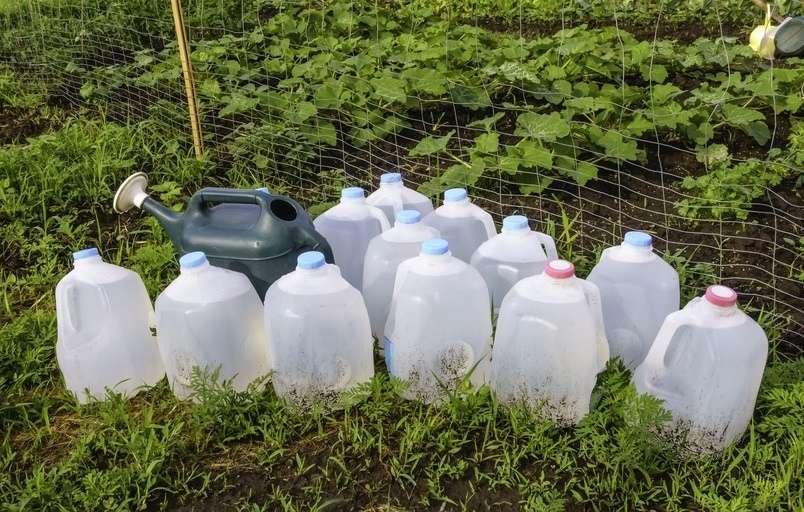
Whether it’s vinegar, salt, rubbing alcohol or another DIY weed killer, landscaping tricks such as these have the potential to do damage to your surrounding plants and grass. Yes, they may kill some of your weeds, but they’re going to do additional and unintended harm. The last thing that you want is to do irreversible damage to your plants and grass. Homemade weed killer is definitely a landscaping mistake.
Besides harming your plants, with homemade concoctions, you could also cause potential harm to yourself. A quick search of some of the landscaping tricks we found online included ideas that involved mixing bleach with other household products to make homemade weed killers. But when bleach is mixed with certain products it can actually produce a noxious gas. This is potentially very dangerous.
In addition to risking damage and injury, homemade weed killers are also not going to be as effective as using a professional-grade product that is formulated for specific needs. If you’re looking to get weeds under control, it will be a lot more effective to have a professional application of a product that is designed for that very purpose.
Using Landscape Weed Barriers
It’s probably not surprising that so many of the landscaping tips out there have to do with weed control. After all, weeds are a major source of frustration when it comes to a beautiful landscape.
Weed barriers, such as landscape fabric or plastic that is laid atop of the soil, sounds like a great idea. The idea is to lay the fabric over the surface to stifle weed growth. Then you would cut holes for desirable plants.
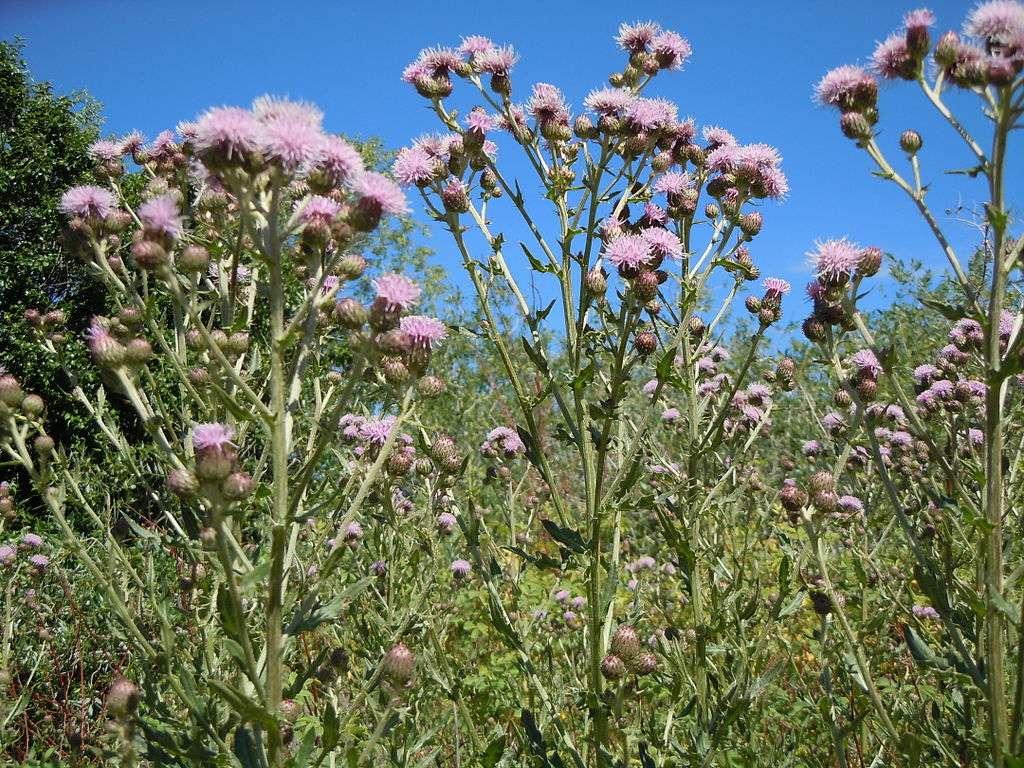
Sounds almost too good to be true. Unfortunately, that’s because it is.
Plastic weed barriers are an all-around bad idea. They will prevent moisture from getting down to plant roots. Case closed for that option.
Weed barriers often end up damaging desirable plants. As your perennials and groundcovers try to spread as they mature, the weed barrier can potentially strangle them. If they don’t die, they might adapt and spread underneath the barrier, raising it up. But, this will also make the barrier a sudden eyesore and encourage weeds to grow.
Or, your plants might even break through the barrier and form new holes. The problem is, every hole you have in the weed barrier, the more opportunity there is for opportunistic weeds to break through.
Plus, weeds have absolutely no problem growing above the weed fabric, right in the mulch. In fact, many times they root into the soil, right through weed fabric.
Simply put, weed barriers are not a very effective solution for weed control and are a common landscaping mistake to avoid.
Installing Plastic Edging is a Landscaping Mistake
If you’re looking for landscaping tricks for edging, plastic products have likely come up in your search. Cost-wise, plastic edging is cheap. Unfortunately, it’s cheap quality-wise, too. Because of this, plastic landscape edging can very easily get ruined by mowers.
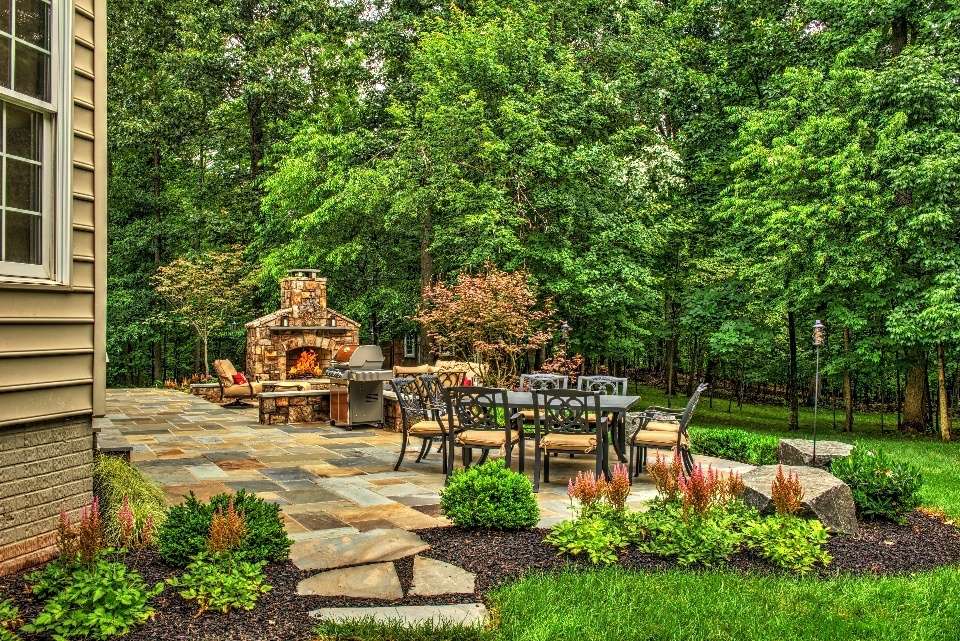
Aesthetically, it might also not be your best option. Because it doesn’t unroll easily and is often “warped,” it also tends to be uneven. Plastic edging can lift out of the ground more easily which can lead to grass growing under it and therefore defeating the entire purpose of separating your lawn from your plant beds.
Plastic edging might seem like a clever landscaping trick in that it appears to be an easy solution to edging but it’s often more hassle than it’s worth.
Instead, a natural edge, cut into the soil by a professional is a nice way to get a clean separation of your lawn and your plant beds.
A natural edge can be hand cut with an edging spade or cut into the soil using a piece of machinery. With a natural edge, you can mow safely over it without risking damage. While it will have to be maintained, a natural edge is also a nice, aesthetic addition to your landscape.
Using Quick-Growing, “Miracle” Plants
You want your plants to grow fast. But plants that are quick-growing or advertised as “miracle plants,” also fall into the too-good-to-be-true category. Yes, they’ll grow fast but at what expense?
For one, they are often invasive. They can begin to take over a plant bed and choke out your other plants. Many quick-growing plants are also short-lived. They may mature quickly but they’ll also die quickly.
In addition, many quick-growing plants can also be prone to disease, pest problems, and can be messy. Simply put, they’re not an ideal choice. You’re better off waiting for a better-suited plant to take a little bit extra time growing.
Taking Mulch Shortcuts
Mulching is a beneficial service for your landscape that is both aesthetically pleasing as well as functional. That’s because adding mulch to your plant beds not only makes them look neat and tidy but also helps your soil to retain moisture.
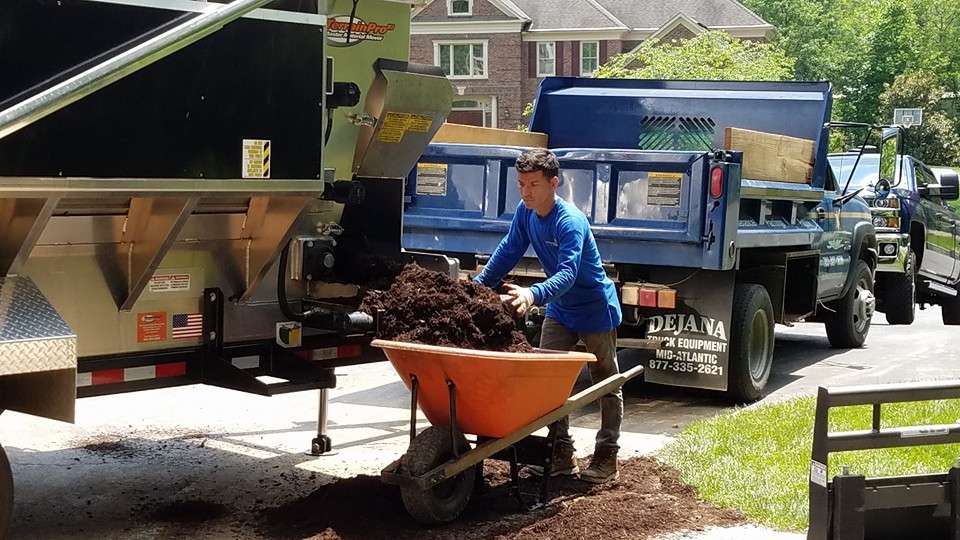
The mulch acts as a barrier between the soil and sun which is of particular importance during periods of drought. Mulch also assists with weed suppression by limiting their access to sunlight and stifling their growth.
But in order to reap the benefits, it’s important that you don’t make a common mulching mistake. Here are 3 mulch mistakes that we see most often.
- Over Mulching: Putting down the proper amount of mulch is a key to success. Hastily dumping down too much mulch will bury root systems and reduce the amount of oxygen within the soil. This will eventually smother plants and cause them to decline. A 2-to 4-inch layer of mulch is ideal.
- Creating Volcanoes: Another landscaping mistake is creating a mulch volcano around your trees. This occurs when deep layers of mulch are piled up against the trunk of your trees. You’ve probably seen it done—or maybe even done it yourself. But this is not the proper way to mulch a tree. In fact, mulch volcanoes not only suffocate roots (leading to the tree’s slow decline) but they also encourage pests, such as voles, to burrow in. Mulch should be tapered down so that no mulch is actually touching the tree trunk above where it visibly flares out.
- Using Rubber Mulch: Replacing traditional mulch with rubber mulch, which is mulch made from recycled tires, may seem like a great landscaping trick since it’s longer lasting. But it’s not offering any value to your plants. In addition, research from Bucknell University found that rubber leachate is capable of killing algae, zooplankton, snails, and fish. And some studies have shown that high levels of zinc found in rubber can lead to zinc toxicity in plants. There is also a lot of debate over how effective rubber mulch can be in terms of effective weed control. Many argue that traditional mulch is much more effective in keeping weeds at bay.
Using Mail Order Plants
There are two main reasons why people turn to catalogs and online nurseries to buy plants. The first is that they are less expensive. Without the same overhead involved in running a brick-and-mortar nursery location, companies that sell online or in catalogs can afford to sell their product for cheaper.
The second reason is the selection. Many people feel they can find more variety, including unusual plants, when they shop online or in catalogs.
But there is a big downside to this hack. Without a lot of horticulture knowledge, you could unknowingly purchase plants that are not conducive to your local environment. You might even purchase invasive species or those that could invite unwelcome pests or diseases into your landscape. This would be a big landscaping mistake.
The truth is, there is a lot more involved in proper plant selection than most people tend to realize.
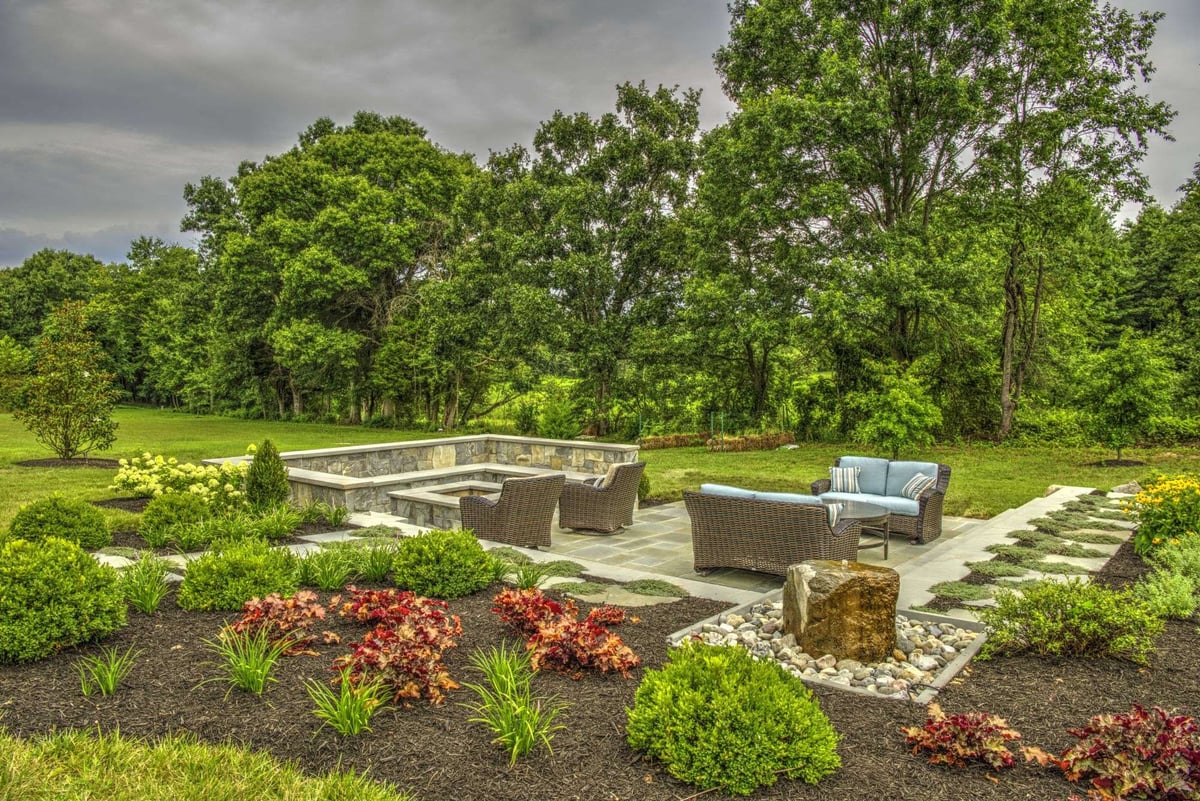
It’s fair to add that you can also make mistakes even when purchasing locally. In general, not researching plants before you buy them is a mistake. Not only should you research what type of growing conditions the plant requires (think shade versus sun), but you also want to research its mature size.
For instance, you wouldn’t want to install a shrub near your home that will ultimately grow to block a window, cast unwanted shade on your plant beds, or cause other unanticipated trouble due to its size. Mistakes like these can be prevented with some research or by using professional landscape design services.
Using Wood Chips and Tree Trunks Inappropriately
While mulch is an ideal material for use in your landscape, wood chips are a landscape mistake. Unfortunately, some do-it-yourselfers or even some landscapers have been known to use wood chips in place of mulch. This is a big mistake when done around live plantings.
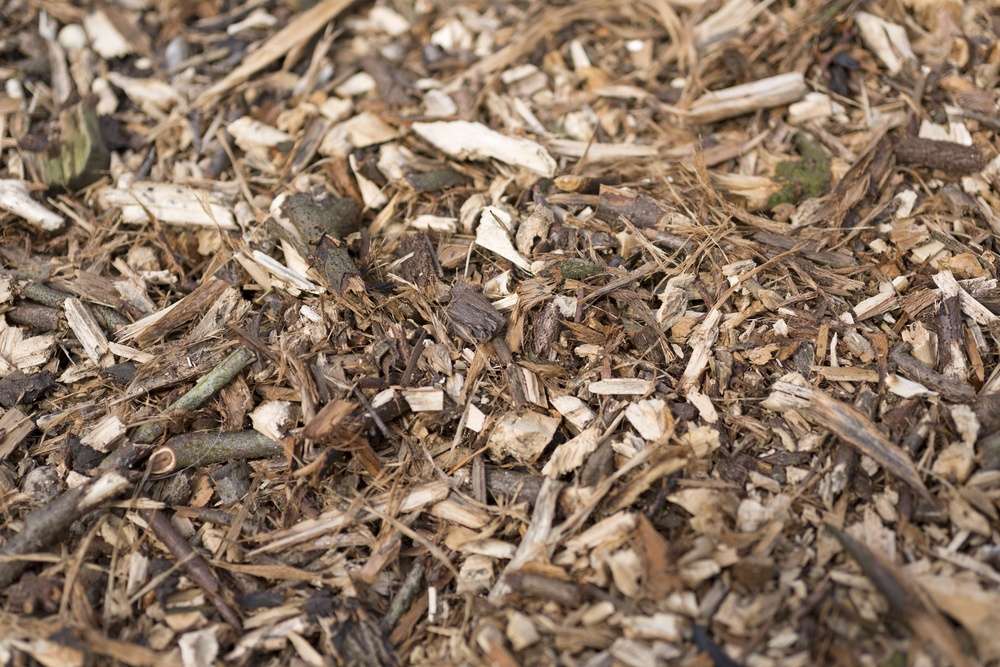
The problem with using this wood around your property is that it will ultimately decay. Plus, when wood decays at a rapid rate, the resulting natural decomposing fungi is not good for live plant roots and parts. While wood chips might be okay for peripheral areas on a large property such as trails, it is not ideal for use near plants in a landscape.
Leaving tree trunks in your landscape or even try to accessorize them by adding planters or carving them can also be problematic. Over time, the trunk will rot. This makes it a magnet for termites and carpenter ants. It’s better to remove them entirely.
Building Retaining Walls Around Trees
If you’re adding a retaining wall to your property, the location is key. However, building a retaining wall around a tree is a recipe for disaster. That’s because adding soil over the root system of a tree, as would be needed to backfill a retaining wall, can be detrimental to the tree’s health. Doing so will pack moist soil against the trunk and cause rotting and girdling roots.
It’s also important to note that tree roots can actually shift a small retaining wall. It’s simply not a good practice to build around a tree. You could either do damage to the tree or to the retaining wall. Either way, it’s a losing scenario.
Choosing Landscaping Companies that Take Shortcuts
Typically your best option for avoiding landscaping mistakes is to work with a professional. Unfortunately, some professional companies take shortcuts, too. Any company that performs hacks such as these should be avoided at all costs! They’re just looking for a quick fix and aren’t truly invested in doing what’s best for your property.
If the landscape companies you’re looking into can't seem to give proper recommendations or reasons why certain "popular" remedies aren't good options, then they’re likely the real hacks! The last thing that you want is to hire a professional service who is willing to take shortcuts just to appease you in the short term.
A Real Landscaping Tip: Choose a Landscaping Company in Northern Virginia That Does What’s Best
Doing what’s best (or “right”) for your landscape might not always be what’s popular. Sometimes the best practices take longer or even cost more. However, as we’ve already discussed, it’s simply not worth the risk to take shortcuts with something as valuable as your landscape.
By choosing to hire a professional who actually knows what’s needed for your property, you’re investing in it looking and performing its best for the long haul. In the end, that investment will prevent you from making costly mistakes and will give you the peace of mind knowing that your property is getting exactly what it needs.
If you want to choose landscaping services that are best for your Ashburn, Aldie, or Leesburg, VA home—and aren’t shortcuts—then talk to an expert, choose a solution that rocks, and then enjoy your yard and relax.
Image Sources: Canada thistle



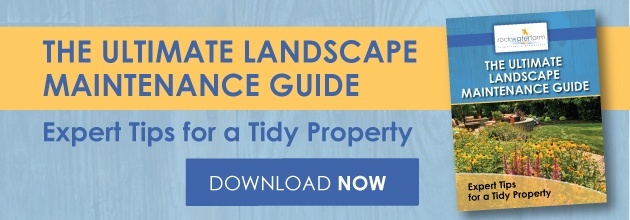
%20Facebook%202025-03-17%20at%201.11.44%20PM.jpg)
